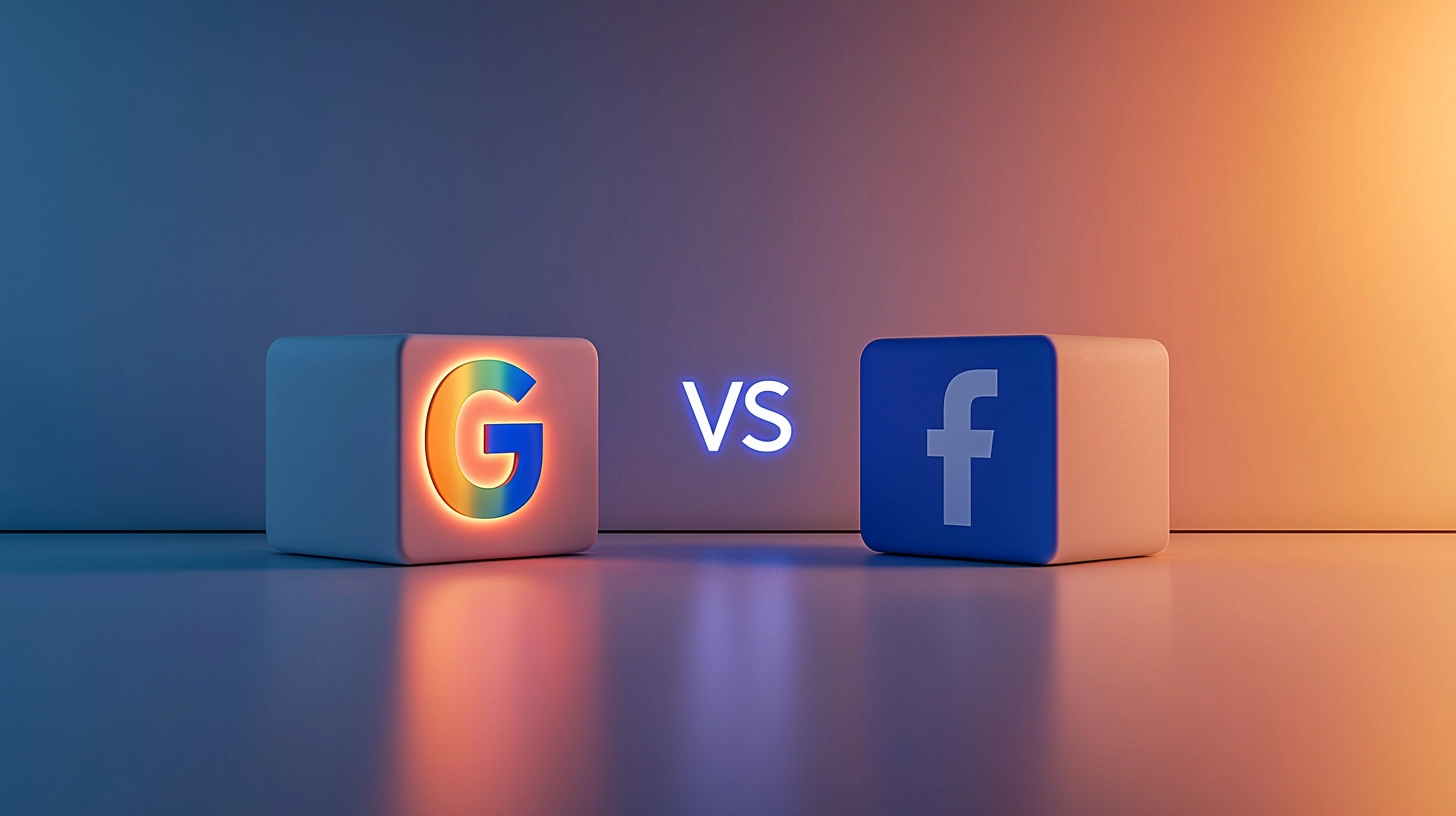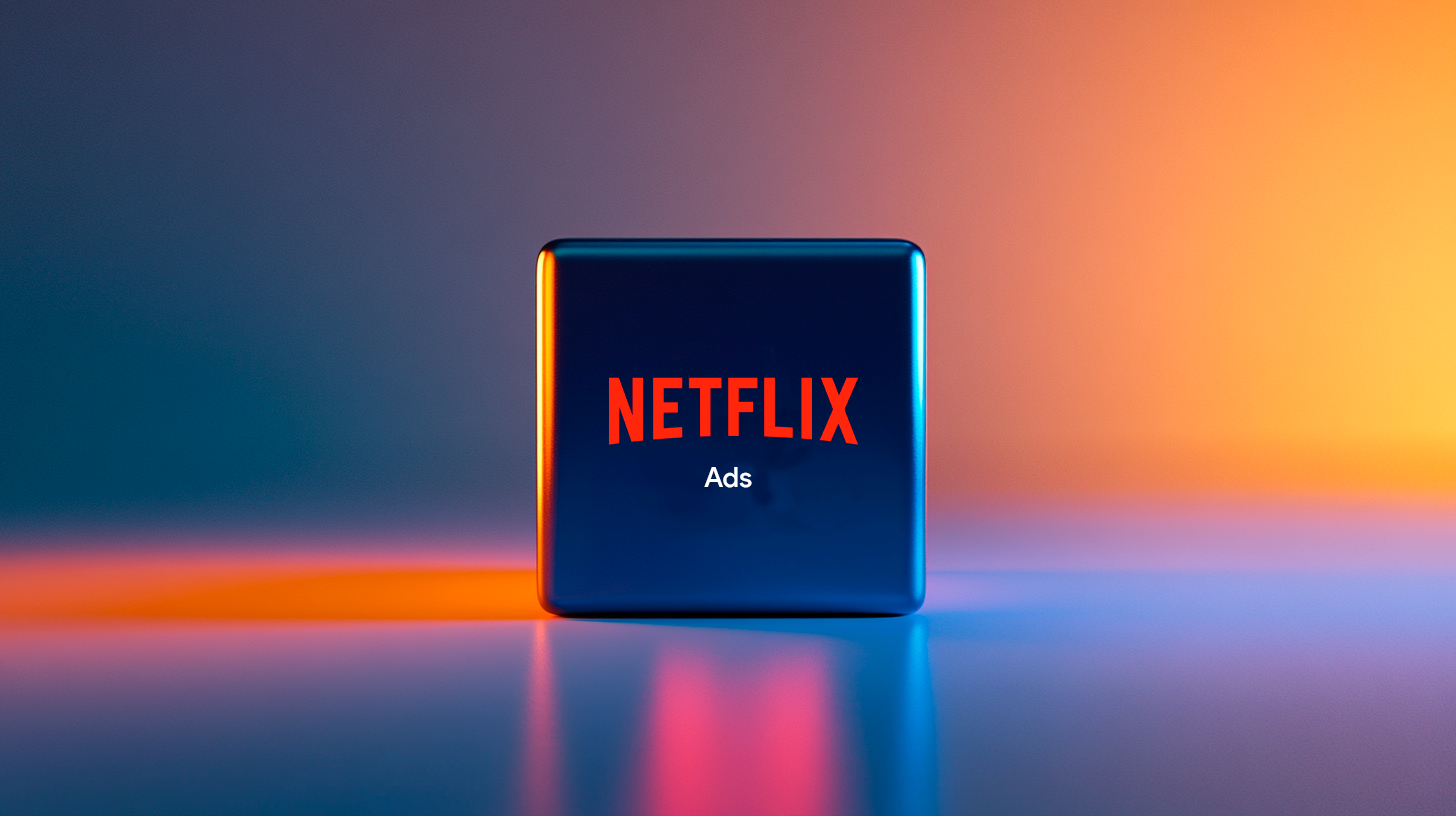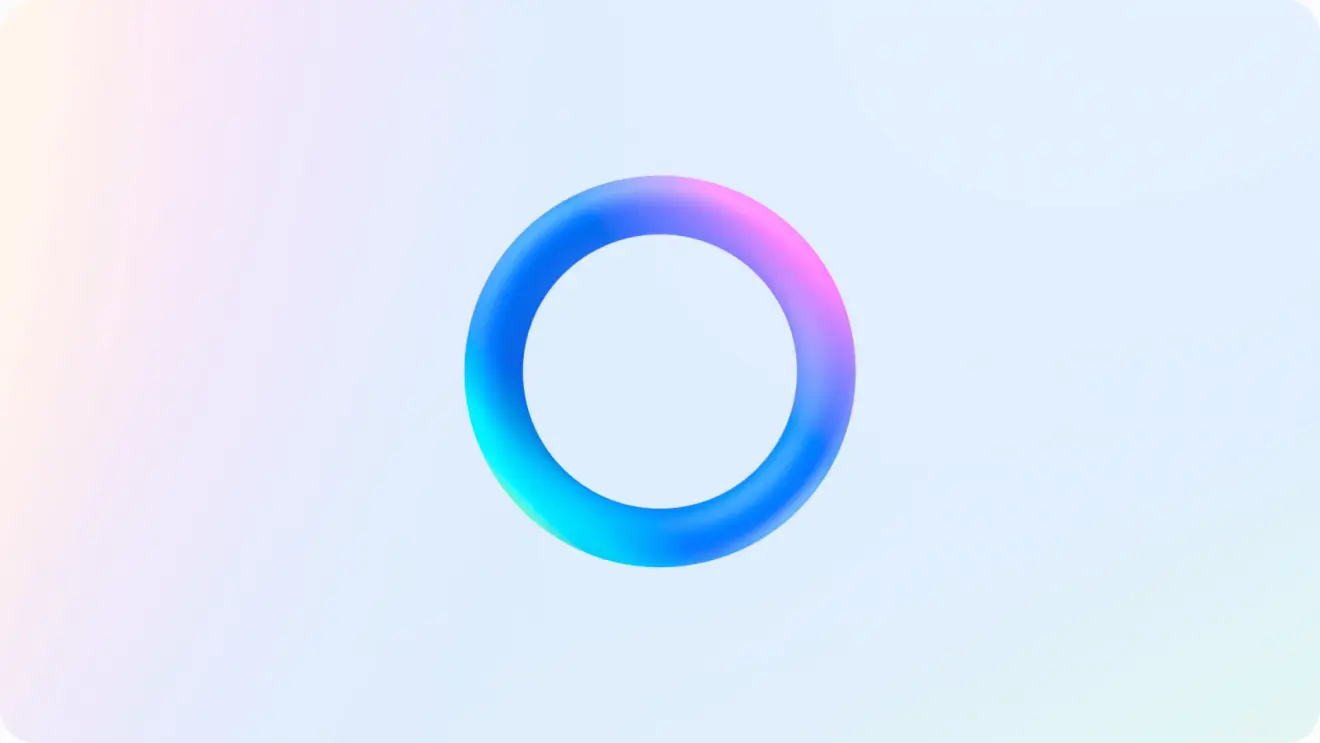Investing in digital advertising is one of the most relevant decisions for any business looking to grow in a scalable way. Two of the most powerful and popular platforms are Google Ads and Facebook Ads (now Meta Ads). Although they share the goal of helping you reach your ideal customers, their operation, logic, and potential results are very different.
In this article we analyze in depth the key differences between both platforms, show you which one is more effective depending on your goals, budget, and funnel stage, and share real-life use cases to help you make better strategic decisions.
Google Ads or Facebook Ads? It all depends on your intent and context
The big difference lies in the way users interact with each platform:
- Google Ads is based on active searches. The user already has a specific need or intent (for example: “buy running shoes”).
- Facebook Ads is based on discovery. The user is not actively searching, but you can reach them through their interests, behaviors, or demographics.
Visual comparison: Google Ads vs Facebook Ads
| Aspect | Google Ads 🌐 | Facebook Ads 📱 |
|---|---|---|
| User intent | High (direct search) | Medium-low (passive discovery) |
| Ad placement | Search results, YouTube, Display Network | Feed, stories, reels, Messenger, Audience Network |
| Campaign types | Search, Display, Shopping, Video, Performance Max | Traffic, engagement, conversions, leads, catalog sales |
| Creative formats | Text, image, video, product listing | Image, video, carousel, collections, instant experience |
| Targeting | Keywords, demographics, remarketing | Interests, behavior, lookalike audiences, CRM |
| Average cost per click (CPC) | Higher (depends on competition) | Lower (ideal for large-scale testing) |
| Ideal for… | Direct conversion, capturing existing demand | Building audiences, generating new demand |
Which one is better based on your business goal?
💡 This is where you need to align platform and strategy:
- Brand awareness (TOFU): Facebook Ads is superior. You can reach new audiences with creative and emotional formats.
- Consideration (MOFU): Both platforms can be combined. Use Facebook to nurture with educational content, and Google Display or YouTube for remarketing.
- Conversion (BOFU): Google Ads wins. User intent helps close sales or capture highly qualified leads.
Practical scenarios: what to use for each type of business?
🛍️ B2C Ecommerce
Start with Facebook Ads to attract cold, high-volume traffic with discovery campaigns, and then finish with Google Shopping and Search to capture user intent.
🏛️ Professional services
If you offer services like lawyers, dentists, or consultants, Google Search is your foundation. The search is direct and specific. Facebook can support you in building authority with content.
💻 B2B SaaS
Facebook and LinkedIn Ads work well for initial lead generation with downloadable content (lead magnets). Google Ads is recommended for specific solution searches and retargeting.
Common mistakes when investing in both platforms
- Launching campaigns without a clear funnel objective.
- Not using custom audiences or leveraging first-party data.
- Comparing CPA across platforms without considering intent or user stage.
- Neglecting creative on Facebook or ad copy on Google.
Combined strategy: the best option in many cases
In most cases, the combination of both platforms delivers the best results. Why?
- Facebook Ads generates demand: it reaches users before they even know they need your solution.
- Google Ads captures that demand once there is search intent.
- Both allow you to do remarketing and close the full funnel loop.
Conclusion
Google Ads and Facebook Ads are not competitors — they complement each other. The key is knowing which one to activate, how to integrate them, and at which point of the customer journey. If you only choose one, make sure it’s based on strategy, not intuition.



